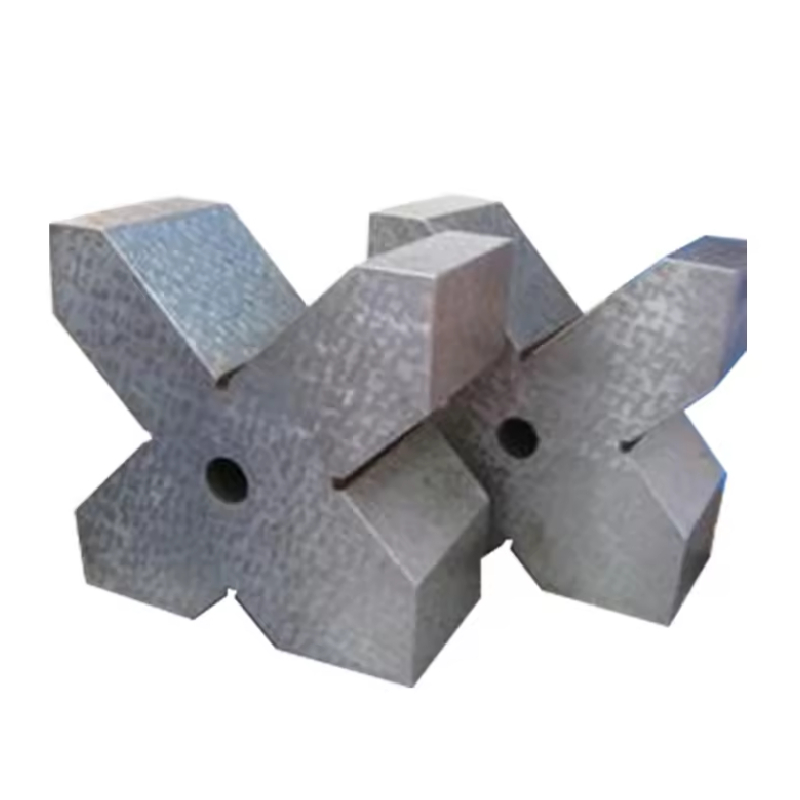Dec . 13, 2024 08:09 Back to list
Different Types of Control Valves and Their Uses in Various Industries
Types of Control Valves and Their Applications
Control valves are critical components in various industrial processes, playing a vital role in regulating fluid flow and maintaining system parameters such as pressure, temperature, and level. The design and functionality of control valves vary widely, making them suitable for diverse applications across multiple industries. In this article, we will explore the primary types of control valves, their characteristics, and their specific applications.
1. Globe Valves
Globe valves are among the most common types of control valves. They consist of a spherical body and are designed with a movable disk and a stationary ring seat. The flow control is achieved by raising or lowering the disk, which can provide precise control over the flow rate. Due to their design, globe valves are favored for throttling applications and are commonly used in industries such as oil and gas, power generation, and water treatment.
Applications - Oil and Gas Used for regulating oil flow in pipelines. - Power Generation Employed in steam lines to control steam flow to turbines. - Water Treatment Utilized for managing water flow in treatment plants.
2. Ball Valves
Ball valves feature a spherical disk (the ball) with a hole in the center, allowing for on/off flow control with minimal pressure drop. When the ball is rotated 90 degrees, the flow is either completely blocked or allowed to pass. They are available in two types full bore and reduced bore. Full bore ball valves are ideal for applications requiring significant flow capacity.
Applications - Chemical Processing Widely used due to their ability to handle corrosive fluids. - HVAC Systems Applied in heating, ventilation, and air conditioning systems for flow regulation. - Water Distribution Commonly used in water supply systems for reliable shut-off capabilities.
Butterfly valves consist of a rotating disk (the butterfly) mounted on a shaft. When the disk is rotated, it opens or closes the flow path, providing quick and efficient flow control. Butterfly valves are known for their compact design and lightweight, making them a preferred choice in large-diameter pipes.
types of control valves and their applications

Applications - Pulp and Paper Utilized in various stages of pulp processing. - Food Processing Employed in the food and beverage industry due to easy cleaning. - Water Treatment Suitable for use in large water supply networks.
4. Check Valves
Check valves, also known as non-return valves, allow fluid to flow in one direction only, preventing backflow. These valves are crucial in maintaining system integrity and protecting equipment from potential damage caused by reverse flow.
Applications - Pumping Stations Prevent backflow of fluids in the event of pump failure. - Fire Protection Systems Used to ensure that water flows in only one direction during emergencies. - Wastewater Management Protects systems from sewage backflow.
5. Relief Valves
Relief valves are safety devices designed to protect systems from overpressure conditions. They automatically release excess pressure when it exceeds a predetermined limit, ensuring the safety and integrity of the system.
Applications - Boiler Systems Used to prevent boiler explosions by regulating steam pressure. - Oil and Gas Protects pipelines and storage tanks from over-pressurization. - Chemical Processing Ensures safe operation by relieving excessive pressure in reactors.
Conclusion
Control valves are essential components that influence the efficiency and safety of various industrial processes. Understanding the different types of control valves and their specific applications allows engineers and operators to select the right valve for their needs, optimizing system performance and reliability. As industries continue to advance and evolve, the importance of selecting the appropriate control valve will only grow, underlining their role as key instruments in process control and automation. Whether regulating flow in pipelines, maintaining system pressures, or ensuring safety in critical operations, control valves are indispensable tools in modern engineering.
-
Wear Resistance Strategies for Trapezoidal ThreadsNewsJun.26,2025
-
Selecting Thread Gauge Types for Aerospace Component InspectionsNewsJun.26,2025
-
Ring Gauge Influence on Cigar Aging Potential and Storage SolutionsNewsJun.26,2025
-
Pin Gauge Training Programs for Enhanced Dimensional Inspection SkillsNewsJun.26,2025
-
Custom Spline Ring Gauge Design for Unique Engineering NeedsNewsJun.26,2025
-
Cost-Effective Alternatives to Custom Threaded Ring GaugesNewsJun.26,2025
Related PRODUCTS









